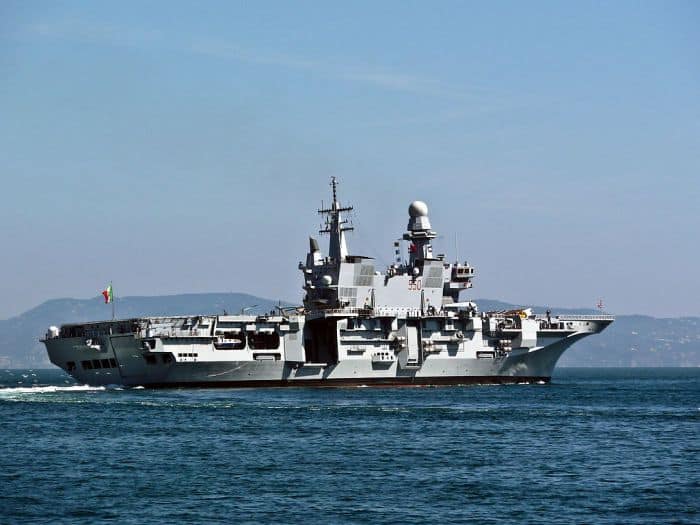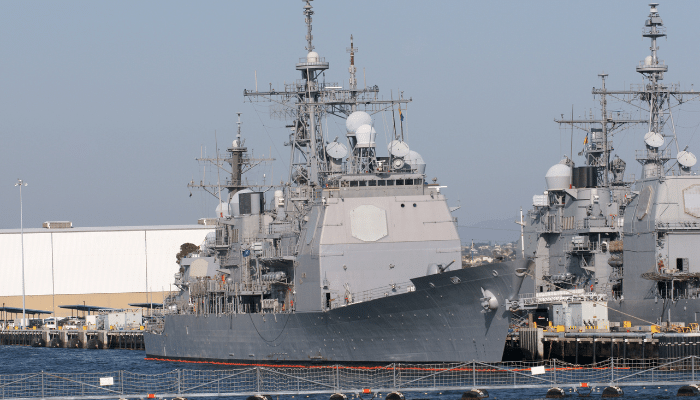Panamax and Aframax Tankers: Oil Tankers with a Difference
There are different variations when it comes to oil tankers sailing on high seas. Of the many oil tankers prevalent today, two of the most famous ones are – the panamax tankers and the aframax tankers. These two oil tankers cater to only a specific part of the world and their names are also connected to the main area and expertise of their servicing in the oceanic and sea waters.
Understanding Panamax and Aframax Tankers
The following elaboration will be beneficial when it comes to understanding more about the panamax tankers and the aframax tankers:
Panamax Tankers: The panamax tankers operate in the region of Panama, especially the Panama Canal. The tanker size is designed as per the size regulations set by the Panama Canal Authority (ACP). The size aspect is very important when it comes to panamax tankers because if the size is not monitored while the tanker is being constructed, then it could pose a lot of problems while the ship is in motion. The operation of the first panamax tanker started in the year 1914 and they are still popular and useful as they were nine decades ago.
Keeping in mind that the entrance and exit points of the Panama Canal are not as wide, the regulations and stipulations about the size of the panamax tankers are very strictly maintained. The panamax tankers measure around 950 foot lengthwise, 106 foot width wise and 39.5 foot depth wise.
However, the most important part about the panamax tankers that requires a lot of strictness is the dimension of the Panama Canal’s lock chambers. It is this part of the Canal that plays a very strategic role in the tankers’ entering and exiting the Panama Canal. The measurement of the lock chambers of the Panama Canal is somewhere around 1050 feet long x 110 feet wide x 85 feet depth wise.
The New Panamax Project
The limitation caused to the traffic mobility because of the above specified measurement led to the creation of something known as the New Panamax. The New Panamax project was initiated in the year 2006 and calls for the expansion of the constrained lock chambers of the Panama Canal. The stipulated size measurements for the New Panamax are around 1400 feet length wise x 180 feet width wise x 60 feet draft wise. This proposed alteration to the lock chamber facility has been very strongly approved in the business community that mainly caters in the Panama Canal area and is something that can bring positive results to the problem of naval traffic in the days to come.
Aframax Tankers: The name Aframax comes from the Average Freight Rate Assessment (AFRA) system. The aframax tankers were initiated because of the size constraints that were posed when large oil tankers entered sea-routes highly prone to traffic.
The aframax tankers weigh generally around or less than 1,20,000 DWT (Dead Weight Tonnes). This size again, is a very strict stipulation. The aframax tankers generally ply in the European waters of the Black Sea. In addition these tankers are also found as cargo containers in the sea-routes of the Caribbean Sea, North Sea and the one of the most important and busiest route of the Mediterranean Sea.
It has to be noted that from amongst the major oil exporting nations in the world, it is the countries who export oil on a comparatively lesser level than the Middle-Eastern countries that rely on the aframax tankers. This is because the level of oil exported from the Middle-Eastern is quite high and they make use of larger naval vessels to cargo oil. Also, because of the usage of such heavy vessels, the sea-routes tend to get blocked and tankers like the aframax tankers end up proving to be a great asset.
The panamax tankers and the aframax tankers are a feasible solution to the ever growing problem of traffic in sea-routes. By coming up with such easy-to-adopt solutions, it has been proved beyond doubt that through proper adaptations of engineering science and technology, every problem can be solved and resolved permanently.
You might also like to read What are gas carriers? and What are ULCC and VLCC Vessels?
Do you have info to share with us ? Suggest a correction
Latest Type Of Ships Articles You Would Like:
About Author
Marine Insight News Network is a premier source for up-to-date, comprehensive, and insightful coverage of the maritime industry. Dedicated to offering the latest news, trends, and analyses in shipping, marine technology, regulations, and global maritime affairs, Marine Insight News Network prides itself on delivering accurate, engaging, and relevant information.

About Author
Marine Insight News Network is a premier source for up-to-date, comprehensive, and insightful coverage of the maritime industry. Dedicated to offering the latest news, trends, and analyses in shipping, marine technology, regulations, and global maritime affairs, Marine Insight News Network prides itself on delivering accurate, engaging, and relevant information.
Subscribe To Our Newsletters
By subscribing, you agree to our Privacy Policy and may receive occasional deal communications; you can unsubscribe anytime.
















Appreciate your website, good info except believe Aframax maximum DWT shud be 120,000, not 12,000 as shown, thanx
Thanks for the Correction Fran. Really Appreciate.
danke in Swahili twasema shukran.in other words very helpful danke